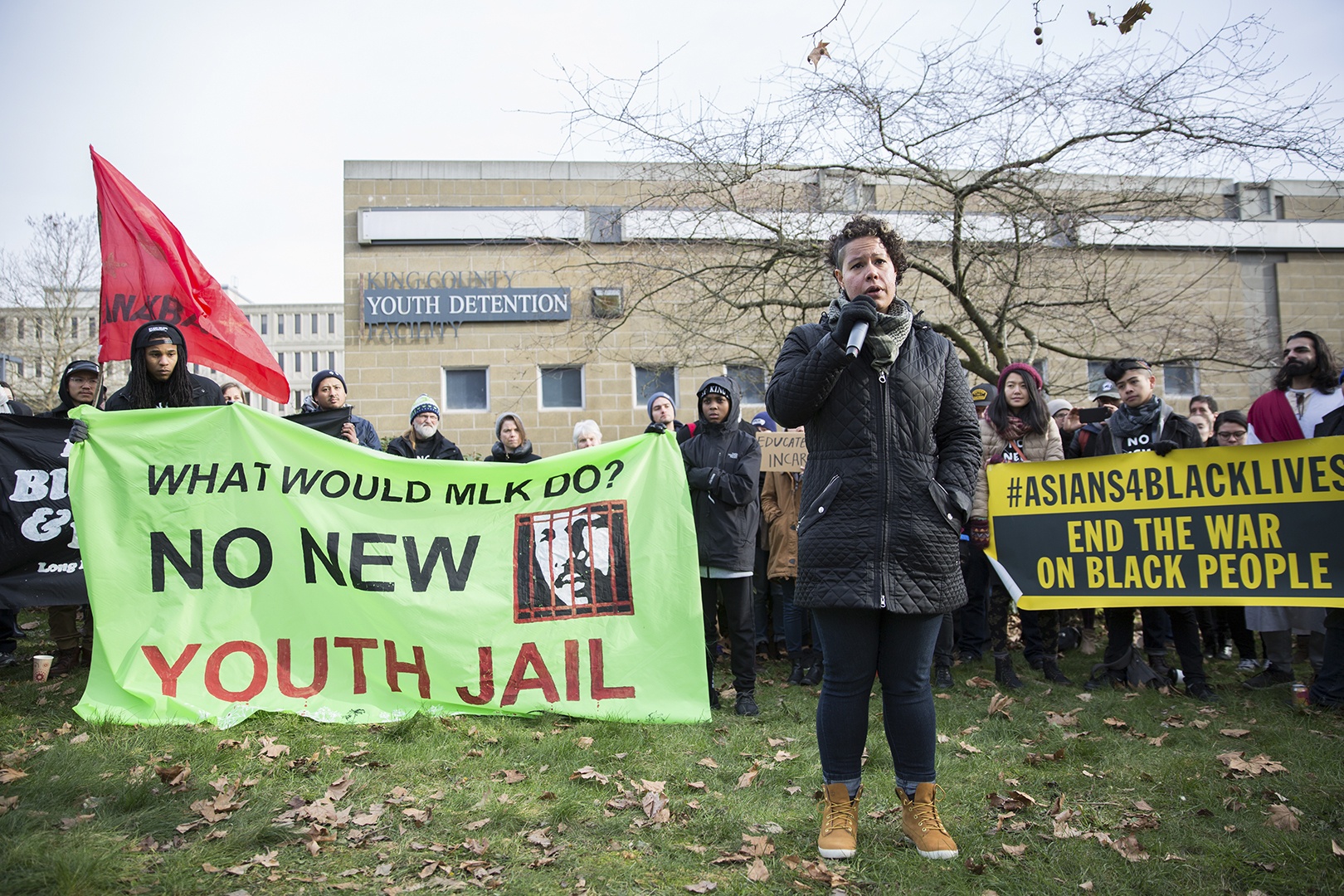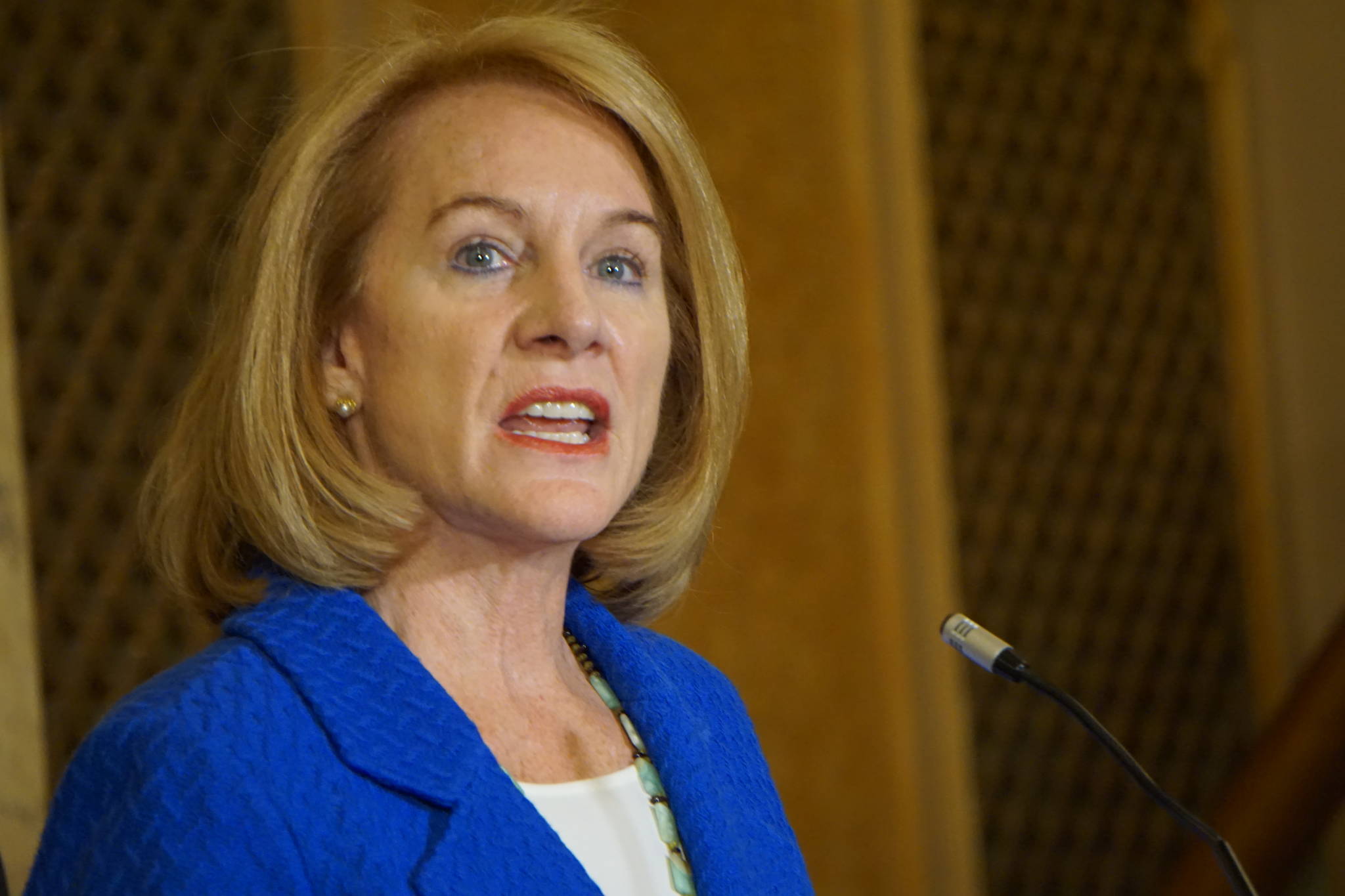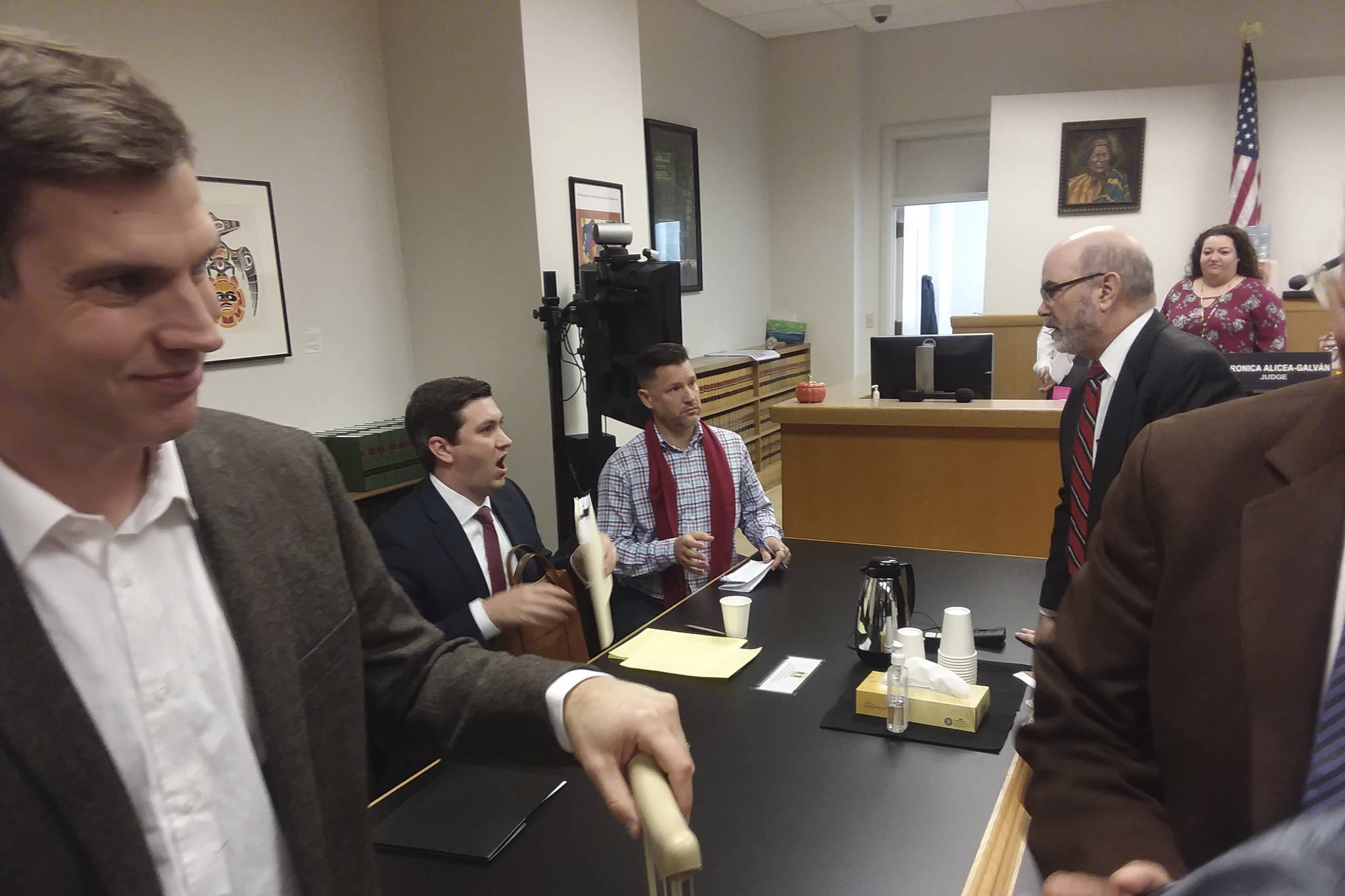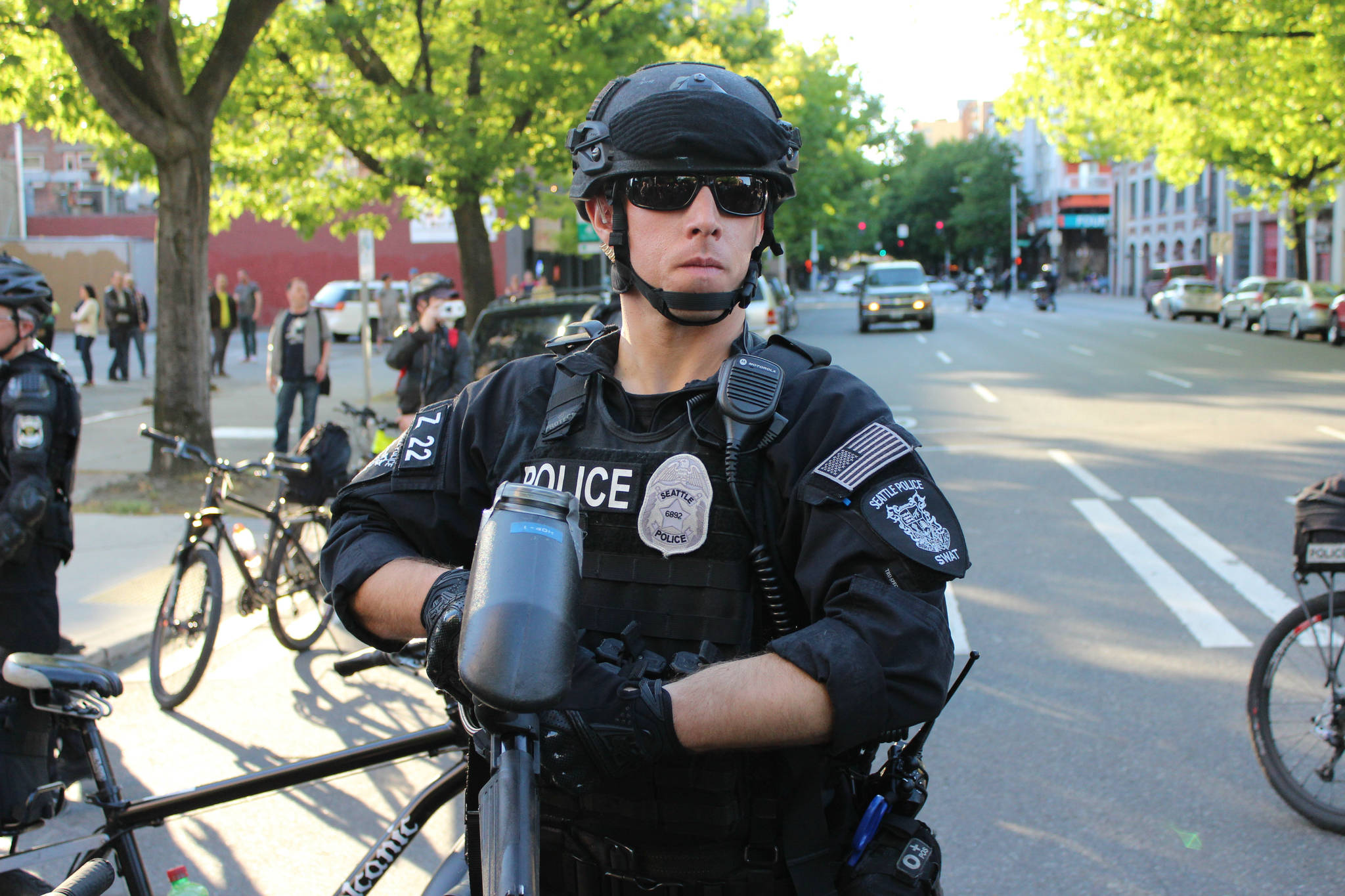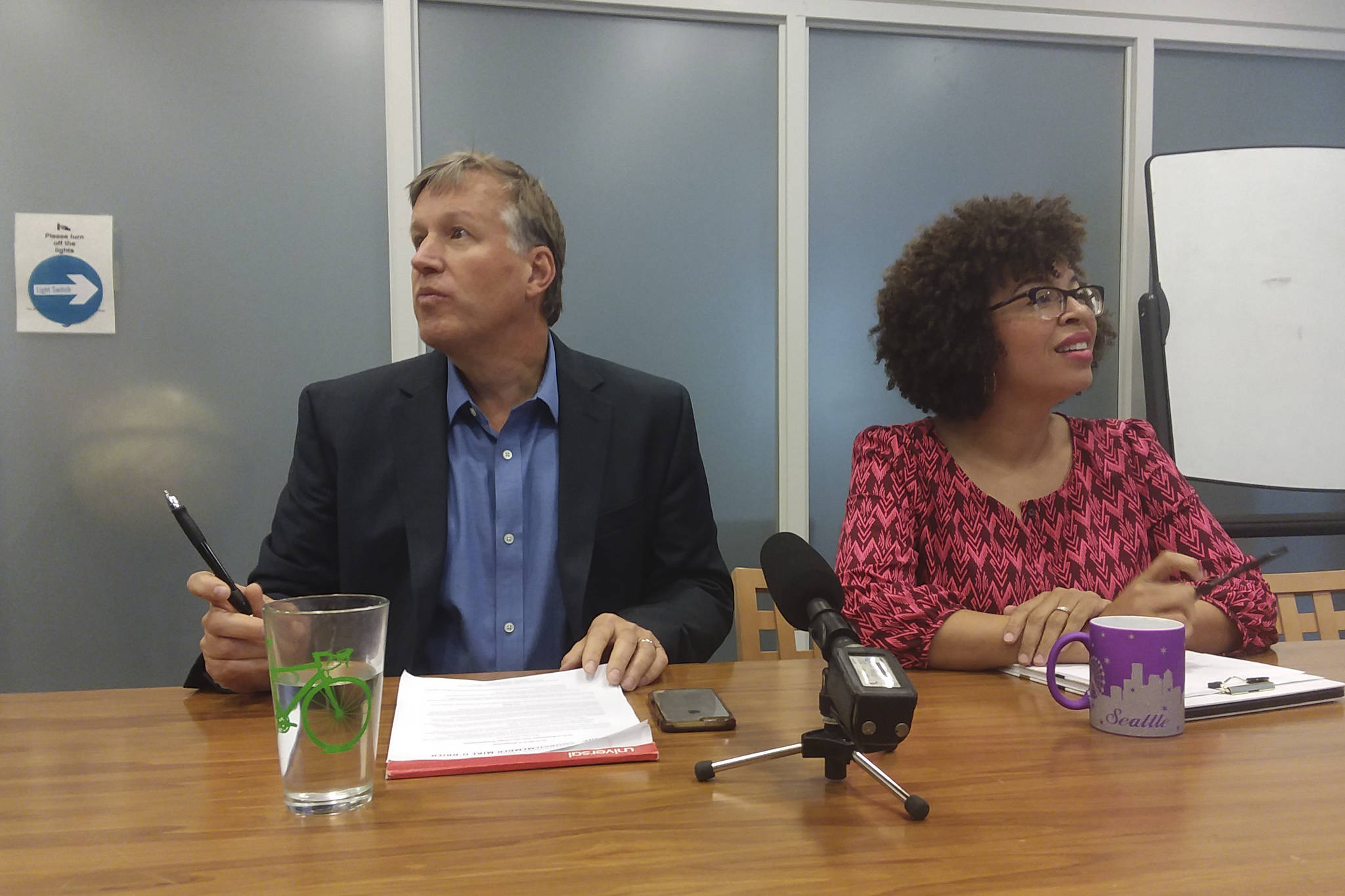Since King County voters approved a $210 million Children and Family Justice Center in 2012, resistance to the project has been growing, led by antiracist activists focused on the project’s $45 million youth detention facility. The protests reached a fever pitch in 2015 when a coalition of activist groups operating under the banner “No New Youth Jail” crowded a 2015 King County Council meeting and managed for several loud hours to delay a vote to approve the new jail.
The project has stubbornly chugged ahead anyway. The King County Council repeatedly voted to proceed, and in December the Seattle Department of Construction and Inspections approved a master use permit, greenlighting the project. That permit is now being appealed by Ending the Prison Industrial Complex, one of the groups that oppose the jail. The appeal likely won’t be resolved until summer, and the project can’t break ground until then. There is new evidence, though, that the protests are working.
On Monday last week, Mayor Ed Murray asked the county to “consider taking a second look” at the youth-jail portion of the CFJC. County Executive Dow Constantine replied in a public statement that he and other county leaders will participate in a “Peacemaking Circle” with supporters and opponents to talk through “next steps,” thus signaling that he’s at least open to the idea of reducing or eliminating the jail.
The next day, Seattle and King Councilmembers Bruce Harrell and Rod Dembowski, respectively, published a guest editorial in The Stranger in which they declared that “we can no longer support future actions to fund, finance, or permit this project.” Citing Dr. Martin Luther King, Jr., the pair urged county leaders to “reassess the wisdom of this project… . At a minimum, we must explore a path forward that takes a new, unnecessary youth jail off the table. Such a path might allow us to build the family courthouse we actually need by directing those funds to courtrooms and classrooms, not jail cells.”
Contacted by Seattle Weekly, County Council members Larry Gossett and Jeanne Kohl-Welles both say they’re on the fence, pending further details on what an alternative to the new youth jail could be. “The jury’s still out [for] me,” says Gossett. “We’ve got to do this right,” says Kohl-Welles. “If that means we go in and make changes … then I’m very open to entertaining that.”
Both say conditions at the current youth jail are intolerable. County Council member Claudia Balducci agrees. “It’s hot in the summer, cold in the winter,” says the former county jail director. “[There are] buckets hanging from the ceiling to catch the water… . You walk in and the message it sends to you is, ‘You are in jail.’ ”
Proponents say that the new facility will create a more welcoming and therapeutic environment, including in the jail cells. And all of its 112 jail beds (down from the 144 originally planned) are convertible into non-detention uses, so if the day comes when there is no longer any demand from local courts for juvie cells, the rooms needn’t sit unused. “I think it’s going to be significantly better for the youth in detention to have the better, new facility,” says Balducci, “as opposed to just saying, ‘Well, let’s build more courtrooms and leave the youth in the old jail, and that will just work itself out somehow because we’re not going to need detention in the future.’ To me that’s more of a hope than it is a plan.” Balducci says she’s open in principle to alternatives to the new youth jail, though, as long as those alternatives have somewhere humane to put detained youth.
Dembowski—so far the only County Council member to come out against the youth jail—campaigned for the CFJC in 2012, and only recently began to question his position. “It’s a big change for me, and I don’t know if anyone else will agree with it,” he says. “But I couldn’t be immune to changing facts and better knowledge. I listened.” He says his position began to shift in December, when the Council learned that the CFJC was $15 million over budget before even breaking ground. “That, for me, was the opening to say, ‘OK, if you’re going to spend more money to keep locking up kids, why don’t we take a look at this, given all the other criticisms?’ ” he says.
Dembowski frames the issue as a trade-off between the youth jail and other things its $45 million budget could pay for—for instance, more courtrooms, as was originally planned in the Superior Court Targeted Juvenile and Family Law Facilities Master Plan (FMP) that the King County Council originally approved in 2009. “My plan is basically, ‘Stop and look at this option’” of building the CFJC without any youth detention facility, Dembowski says. “My ideal is we don’t spend any more money on jail beds for kids.”
The combined rhetorical appeal of social justice and fiscal responsibility was strong enough last year to halt the construction of a new, unprecedentedly expensive police station in North Seattle and the same strategy could conceivably work here. With Dembowski publicly advocating against the new youth jail and Gossett and Kohl-Welles close to joining him, opponents of the project appear to have a real shot at shutting it down.
What will happen to the youth in lockup if that happens? Will they simply languish in the old jail, or will the current, years-long downward trend in the number of youth jailed by King County continue until youth detention is all but unnecessary? And if it’s the latter, what should authorities do when, once in a blue moon, they’re faced with a minor who really does threaten the safety of themselves or others? Opponents of the new youth jail must answer these questions in the next several months if they wish to leverage local leaders’ newfound misgivings into a win.
cjaywork@seattleweekly.com
This article has been edited to clarify the changing budget of the CFJC.
